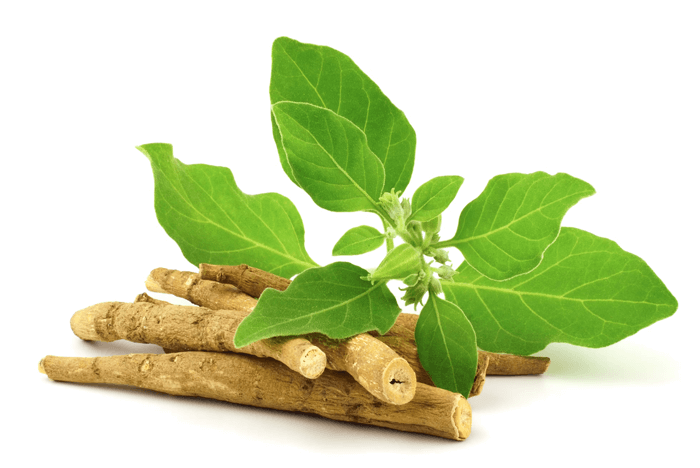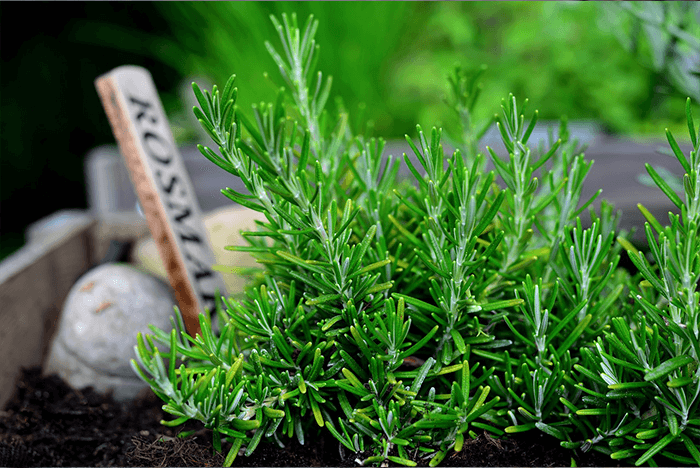Description
Ashwagandha (Withania somnifera), also known as Indian ginseng or winter cherry, is a medicinal herb that has been used for over 3,000 years in Ayurvedic medicine. The name “Ashwagandha” is derived from the Sanskrit words “ashva,” meaning horse, and “gandha,” meaning smell, referring to the strong odor of the root, which is said to give the strength and vitality of a horse. Ashwagandha is a small shrub with yellow flowers and red berries, native to India, the Middle East, and parts of Africa.
Common Features
- Leaves: The leaves of Ashwagandha are simple, oval-shaped, and green, with a smooth surface. They are typically 10-12 cm long and are known to have medicinal properties.
- Roots: The roots are thick, tuberous, and brown. They are the most valued part of the plant, used in various traditional remedies.
- Flowers: The flowers are small, bell-shaped, and yellow, blooming singly or in clusters. They give way to small, round, red-orange berries containing seeds.
- Fruits: The fruit is a small, round berry, similar in appearance to a small tomato, and is encased in a papery husk.
Role in the Ecosystem
Ashwagandha plays several roles in the ecosystem:
- Soil Health: As a hardy plant that can grow in poor soils, Ashwagandha is important in maintaining soil health and preventing erosion in arid and semi-arid regions.
- Medicinal Plant Diversity: Ashwagandha contributes to the biodiversity of medicinal plants, supporting traditional medicine systems and modern pharmacological research.
- Wildlife Support: The berries and foliage of Ashwagandha are consumed by various animals, including birds and insects, providing a food source in its native habitats.
Importance
Ashwagandha is highly valued for its wide range of benefits:
- Medicinal Uses: Ashwagandha is a cornerstone of Ayurvedic medicine, known for its adaptogenic properties, which help the body cope with stress. It is used to improve vitality, reduce anxiety and depression, boost fertility, and enhance cognitive function. Modern studies suggest that Ashwagandha may also have anti-inflammatory, antioxidant, and immune-boosting effects.
- Cultural and Traditional Uses: In India, Ashwagandha has been used for centuries to support overall health and longevity. It is often used in tonics, powders, and teas.
- Agricultural Value: Ashwagandha is cultivated for its roots, which are harvested for medicinal purposes. The plant is also used in crop rotation systems to improve soil health.
Interesting Facts
- Ayurvedic Legacy: Ashwagandha is one of the most important herbs in Ayurveda, often referred to as “Rasayana,” which means a substance that helps maintain youth and vitality.
- Adaptogen: Ashwagandha is classified as an adaptogen, meaning it helps the body adapt to stress, whether physical, chemical, or biological.
- Scientific Interest: Numerous scientific studies have explored Ashwagandha’s potential benefits for conditions such as stress, anxiety, arthritis, and even cancer.
Sources:
- National Center for Biotechnology Information (NCBI)
- Ayurvedic texts and modern herbal pharmacology resources
- Research articles from the Journal of Ethnopharmacology



